-
For Investment Professional use only. Not for inspection by, distribution or quotation to, the general public.
The value of an investment can go down as well as up and investors may not get back the full amount they invested. Before making an investment, investors should consult their financial advisor.
1Q:2022 Strategic Investment Outlook: Four Strategic Allocation Issues for Asset Owners in 2022
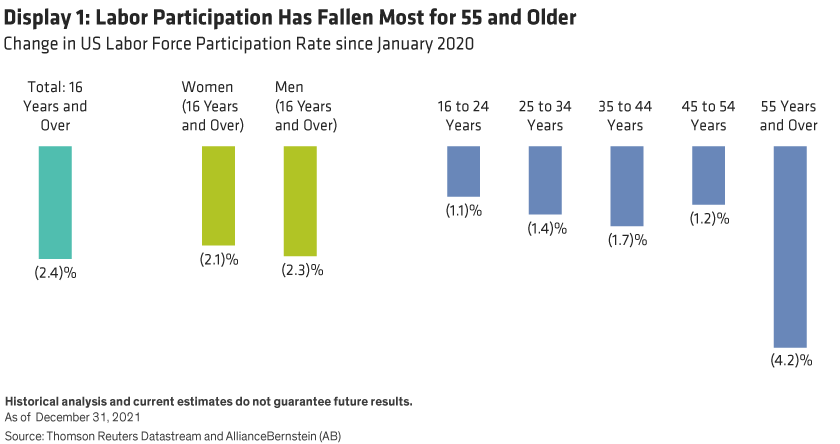
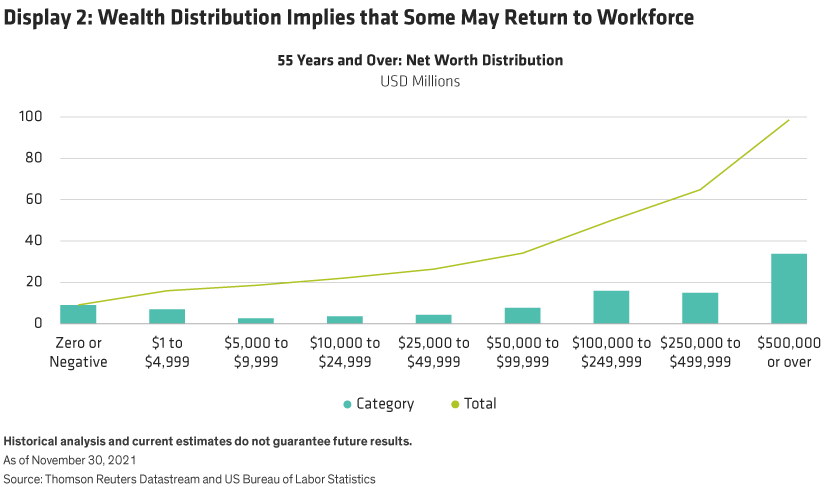
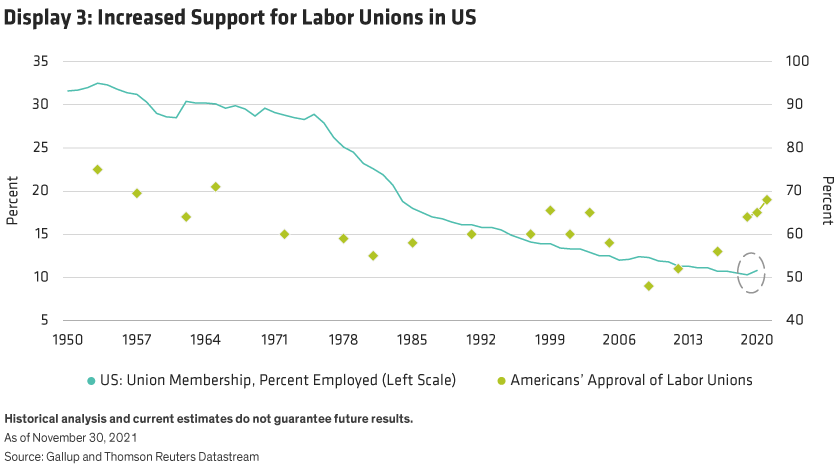
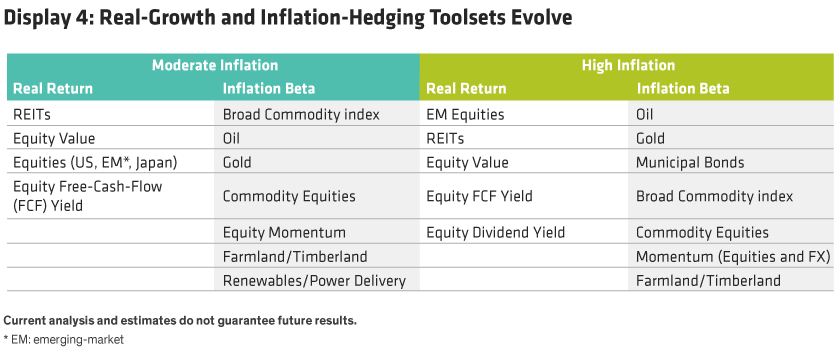
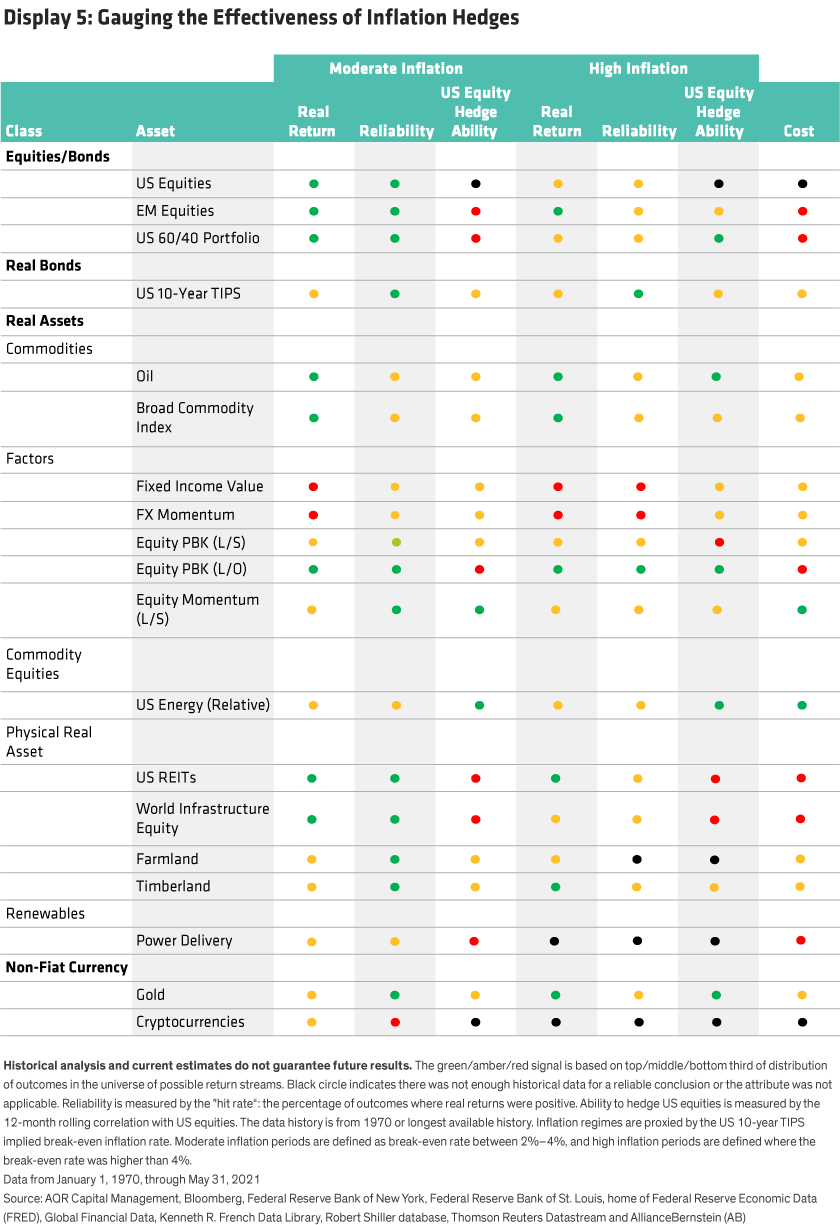
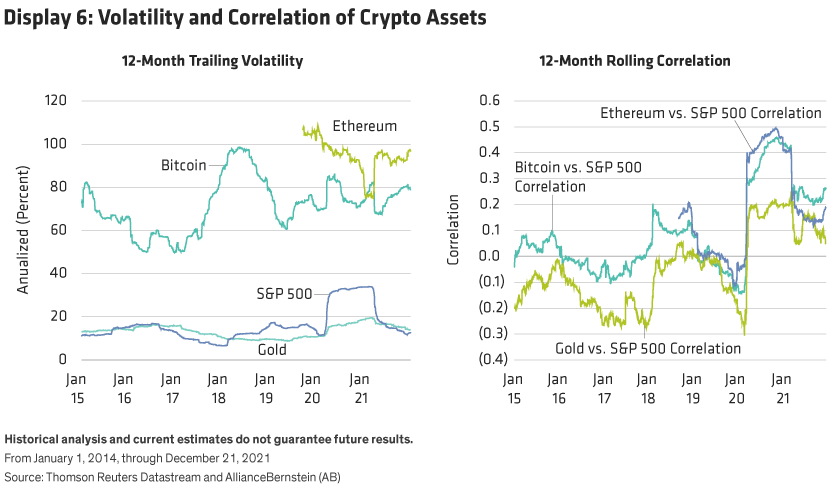
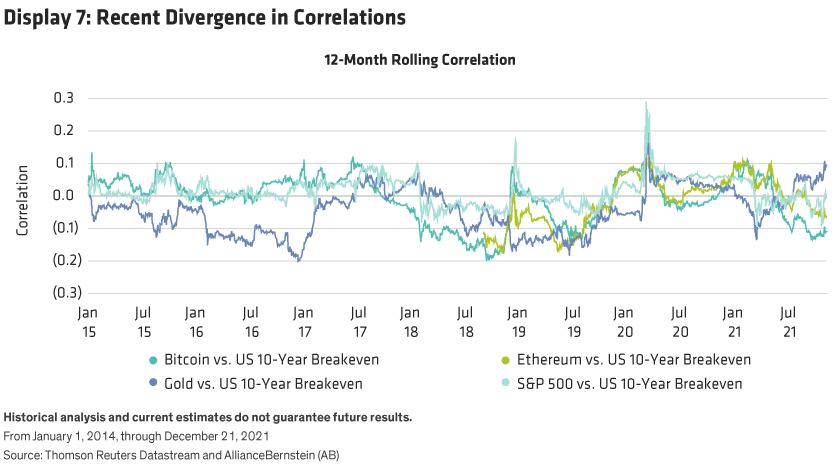
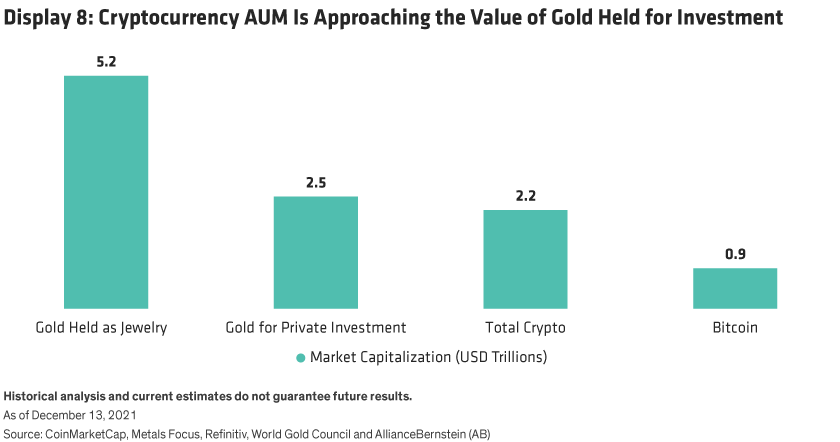
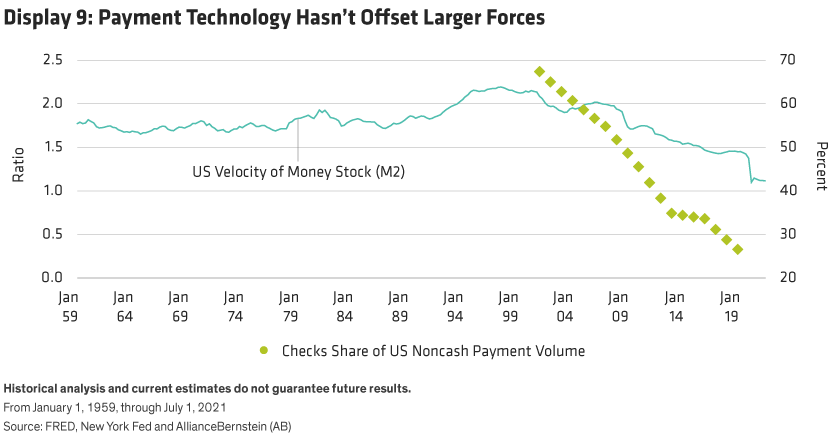
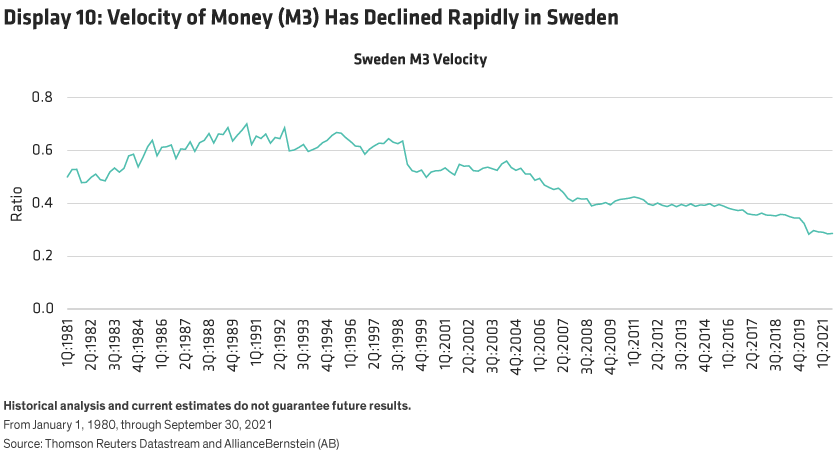
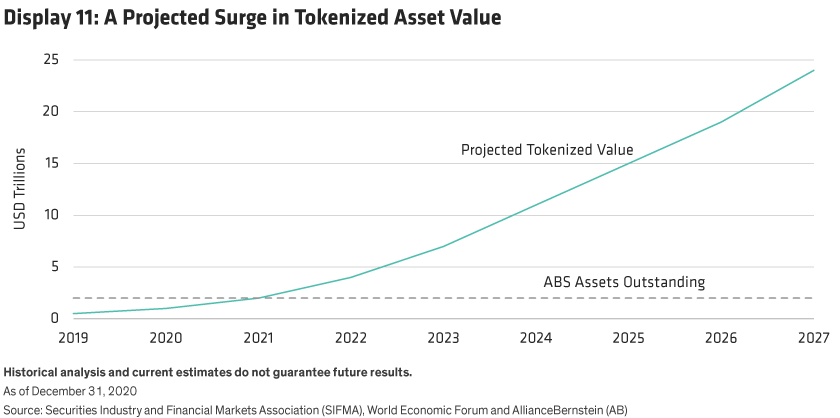
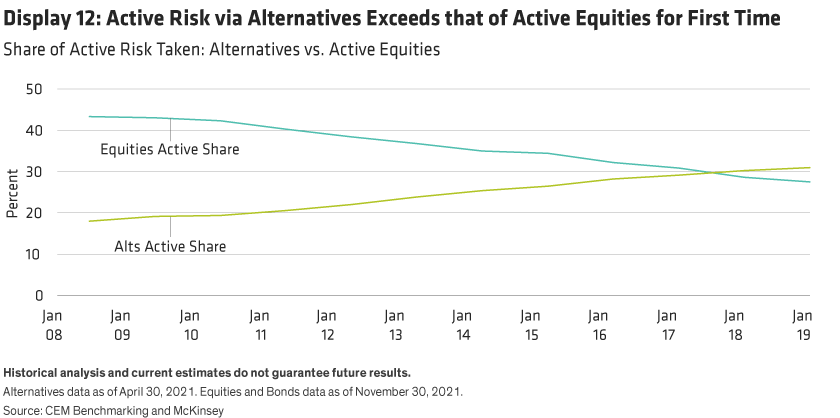
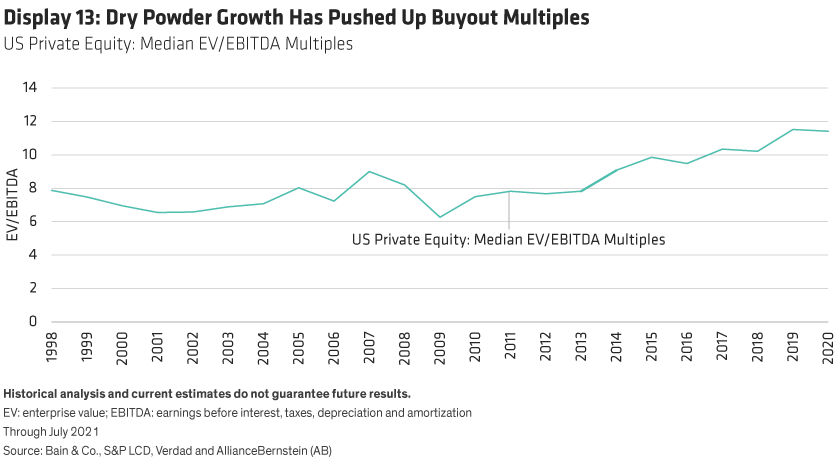
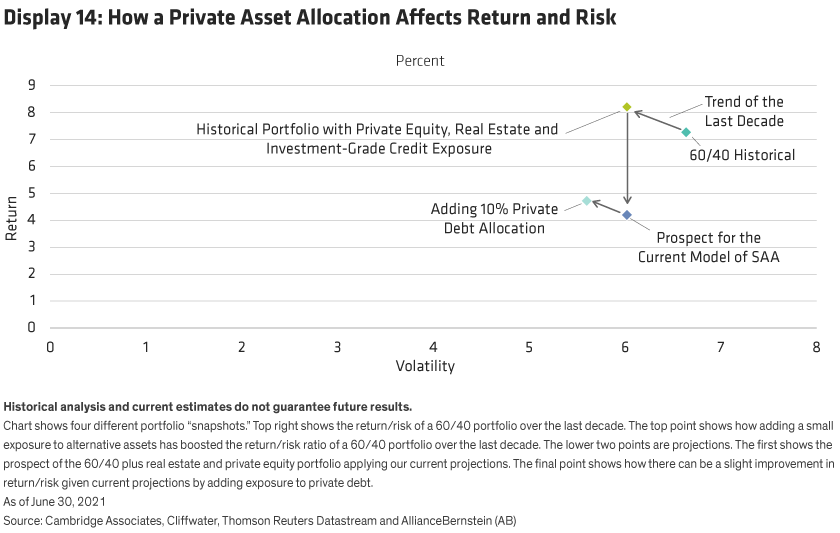
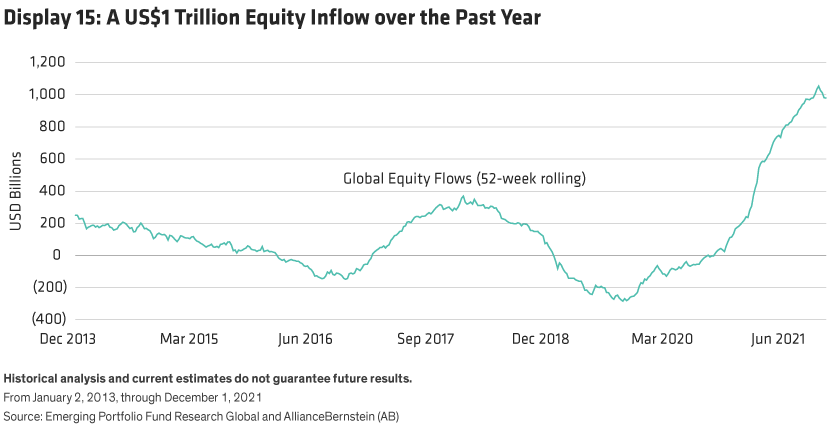
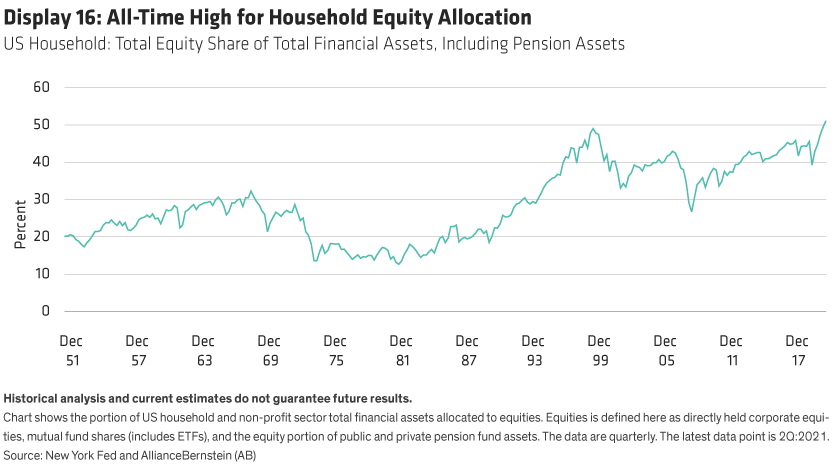
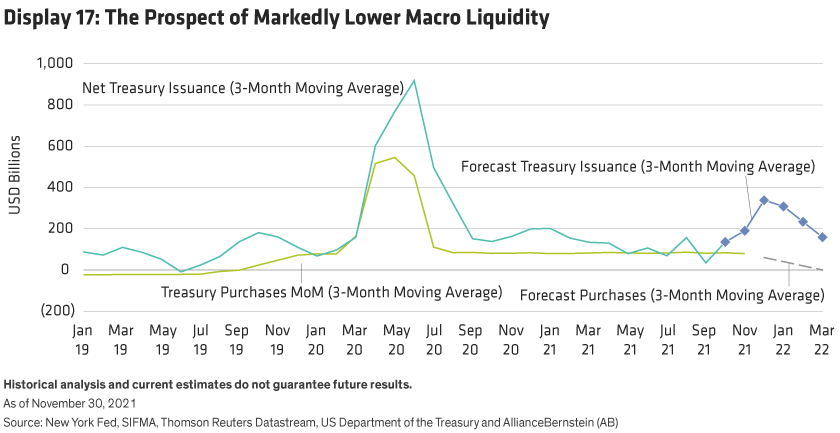
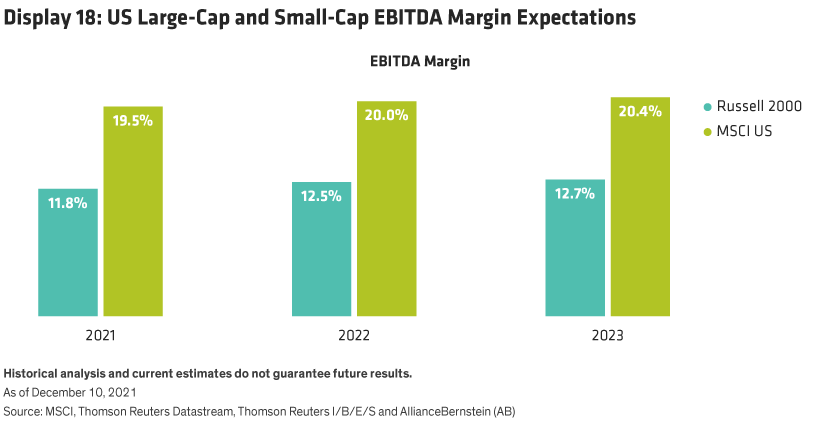
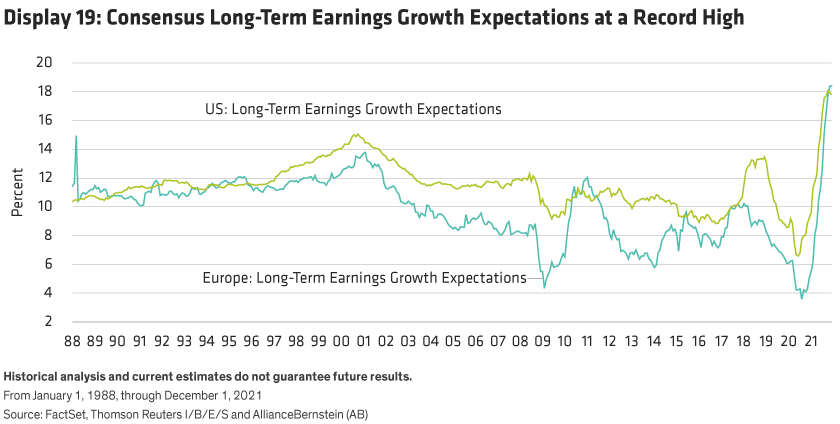
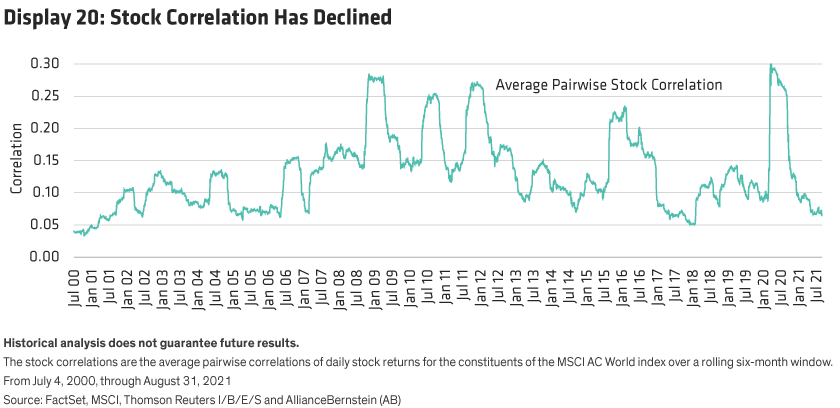
-
Important Information
The information contained herein reflects the views of AllianceBernstein L.P. or its affiliates and sources it believes are reliable as of the date of this publication. AllianceBernstein L.P. makes no representations or warranties concerning the accuracy of any data. There is no guarantee that any projection, forecast or opinion in this material will be realized.
The views expressed herein may change at any time after the date of this publication. AllianceBernstein L.P. does not provide tax, legal or accounting advice. It does not take an investor’s personal investment objectives or financial situation into account; investors should discuss their individual circumstances with appropriate professionals before making any decisions.
References to specific securities are provided solely in the context of the analysis presented and are not to be considered recommendations by AllianceBernstein. AllianceBernstein and its affiliates may have positions in, and may effect transactions in, the markets, industry sectors and companies described herein.
-
MSCI makes no express or implied warranties or representations, and shall have no liability whatsoever with respect to any MSCI data contained herein.
The MSCI data may not be further redistributed or used as a basis for other indices or any securities or financial products. This report is not approved, reviewed or produced by MSCI.
-
Note to All Readers: The information contained here reflects the views of AllianceBernstein L.P. or its affiliates and sources it believes are reliable as of the date of this publication. AllianceBernstein L.P. makes no representations or warranties concerning the accuracy of any data. There is no guarantee that any projection, forecast or opinion in this material will be realized. Past performance does not guarantee future results. The views expressed here may change at any time after the date of this publication. This document is for informational purposes only and does not constitute investment advice. AllianceBernstein L.P. does not provide tax, legal or accounting advice. It does not take an investor’s personal investment objectives or financial situation into account; investors should discuss their individual circumstances with appropriate professionals before making any decisions. This information should not be construed as sales or marketing material or an offer or solicitation for the purchase or sale of any financial instrument, product or service sponsored by AB or its affiliates.
-
Note to Canadian Readers: This publication has been provided by AB Canada, Inc. or Sanford C. Bernstein & Co., LLC and is for general information purposes only. It should not be construed as advice as to the investing in or the buying or selling of securities, or as an activity in furtherance of a trade in securities. Neither AB Institutional Investments nor AB L.P. provides investment advice or deals in securities in Canada.
-
Note to Readers in the United Kingdom: This information is issued by AllianceBernstein Limited, 60 London Wall, London EC2M 5SJ. Registered in England, No. 2551144. AllianceBernstein Limited is authorised and regulated in the UK by the Financial Conduct Authority (FCA – Reference Number 147956).
-
Note to Readers in Europe: This information is issued by AllianceBernstein (Luxembourg) S.à r.l. Société à responsabilité limitée, R.C.S. Luxembourg B 34 305, 2-4, rue Eugène Ruppert, L-2453 Luxembourg. Authorised in Luxembourg and regulated by the Commission de Surveillance du Secteur Financier (CSSF).
-
Note to Swiss Readers: This document is issued by AllianceBernstein Schweiz AG, Zürich, a company registered in Switzerland under company number CHE-306.220.501. This document is directed at Qualified Investors only.
-
Note to Australian and New Zealand Readers: For Institutional Investor use only. Not for inspection by, distribution or quotation to, the general public. This document has been issued by AllianceBernstein Australia Limited (ABN 53 095 022 718 and AFSL 230698). Information in this document is intended only for persons who qualify as “wholesale clients,” as defined in the Corporations Act 2001 (Cth of Australia) or the Financial Advisers Act 2008 (New Zealand), and is general in nature and does not take into account any person’s objectives, financial situation or needs.
-
Note to Hong Kong Readers: This document is issued in Hong Kong by AllianceBernstein Hong Kong Limited (聯博香港有限公司), a licensed entity regulated by the Hong Kong Securities and Futures Commission. This document has not been reviewed by the Hong Kong Securities and Futures Commission.
-
Note to Readers in Japan: This document has been provided by AllianceBernstein Japan Ltd. AllianceBernstein Japan Ltd. is a registered investment-management company (registration number: Kanto Local Financial Bureau no. 303). It is also a member of the Japan Investment Advisers Association; the Investment Trusts Association, Japan; the Japan Securities Dealers Association; and the Type II Financial Instruments Firms Association. The product/service may not be offered or sold in Japan; this document is not made to solicit investment.
-
Note to Singapore Readers: This document has been issued by AllianceBernstein (Singapore) Ltd. (”ABSL”, Company Registration No. 199703364C). ABSL is a holder of a Capital Markets Services Licence issued by the Monetary Authority of Singapore to conduct regulated activity in fund management and dealing in securities. AllianceBernstein (Luxembourg) S.à r.l. is the management company of the portfolio and has appointed ABSL as its agent for service of process and as its Singapore representative. This document has not been reviewed by the MAS.
-
Note to Readers in Taiwan: For Institutional Investor use only. Not for inspection by, distribution or quotation to, the general public. This document is provided solely for informational purposes and is not investment advice, nor is it intended to be an offer or solicitation, and does not pertain to the specific investment objectives, financial situation or particular needs of any person to whom it is sent. This document is not an advertisement. AllianceBernstein L.P. is not licensed to, and does not purport to, conduct any business or offer any services in Taiwan.
-
Note to Readers in China: For Institutional Investor use only. Not for inspection by, distribution or quotation to, the general public. This document is provided by AllianceBernstein (“AB”). This document has been provided to you for sole use in a private and confidential meeting. This document is not an advertisement and is not intended for public use or distribution to any third party beyond our private meeting. This document or any information contained or incorporated by reference herein does not constitute an offer to sell or the solicitation of an offer to purchase any financial instrument, product or service sponsored by AB or its affiliates within the People’s Republic of China (“PRC,” for such purposes, excluding Hong Kong, Macao and Taiwan). AB does not provide tax, legal or accounting advice. In considering this material, you should discuss your individual circumstances with professionals in those areas before making any decisions.
-
Note to Readers in Vietnam, the Philippines, Brunei, Thailand, Indonesia, China, Taiwan and India: This document is provided solely for the informational purposes of institutional investors and is not investment advice, nor is it intended to be an offer or solicitation, and does not pertain to the specific investment objectives, financial situation or particular needs of any person to whom it is sent. This document is not an advertisement and is not intended for public use or additional distribution. AB is not licensed to, and does not purport to, conduct any business or offer any services in any of the above countries.
